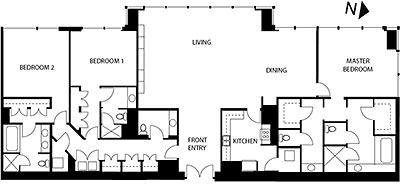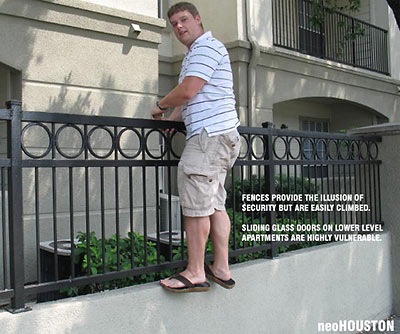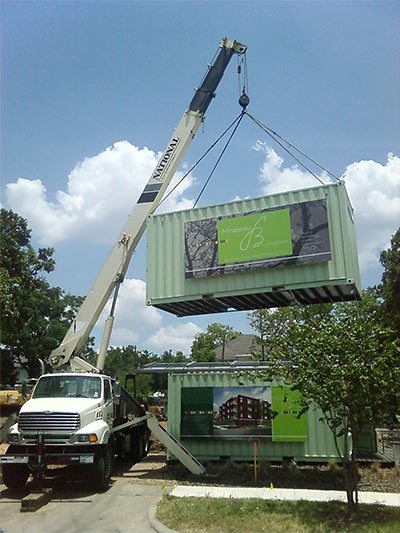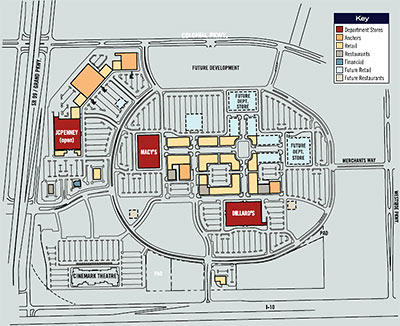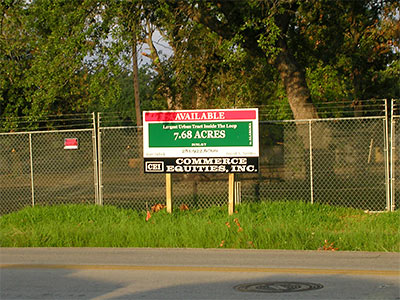
The purported owner of the Wilshire Village complex at the corner of West Alabama and Dunlavy, who managed to stay out of the media spotlight while the 69-year-old 8-acre complex was emptied and then torn down after a sequence of peculiar events earlier this year, appears at the end of Nancy Sarnoff’s phone line to make a few pronouncements about the property.
First, that big Commerce Equities sign on the property that says “Available”? Well, here’s what it really means:
“We would consider an outright sale if the appropriate user was identified,†owner Matt Dilick of Commerce Equities said.
That’s right: Dilick might wanna do a little creatin’ there himself!




